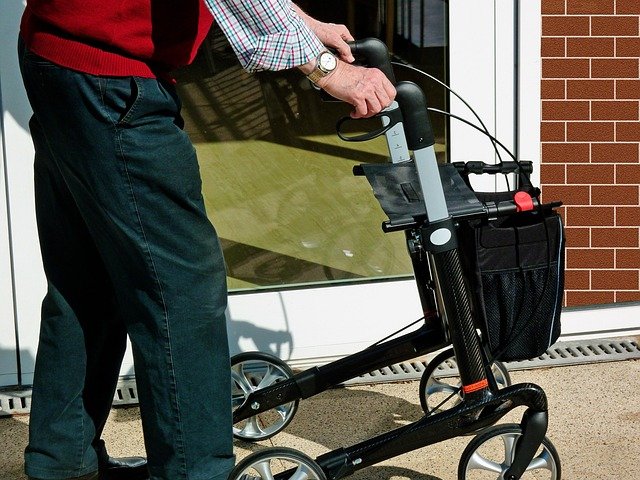Modern Senior Living: Design Innovations for Comfort and Independence
Senior living has evolved significantly over the years, moving away from clinical environments toward thoughtfully designed spaces that promote independence, comfort, and quality of life. Today's senior housing incorporates innovative design elements, smart technology, and flexible layouts that accommodate changing needs while maintaining a sense of home. These advancements represent a fundamental shift in how we approach housing for older adults—prioritizing dignity, autonomy, and community connection.

The landscape of senior housing has evolved dramatically in recent years, moving beyond traditional institutional models to embrace innovative design principles that enhance daily living for older adults. Modern senior communities now incorporate evidence-based design elements, advanced technology integration, and flexible living arrangements that support aging in place while fostering social connections and personal independence.
Housing Design Principles for Older People
Contemporary senior housing design focuses on creating barrier-free environments that adapt to changing mobility needs. Universal design principles guide the development of spaces with wider doorways, zero-step entries, and accessible bathrooms featuring walk-in showers and grab bars. Natural lighting is maximized through strategic window placement, while flooring materials are chosen for slip resistance and visual contrast to aid navigation. Color schemes incorporate high-contrast elements to assist residents with visual impairments, and wayfinding systems use clear signage and intuitive layouts to reduce confusion.
Smart Home Technology Transforming Elderly Living
Technology integration has revolutionized how seniors interact with their living spaces. Smart home systems now include voice-activated controls for lighting, temperature, and entertainment systems, eliminating the need for complex manual adjustments. Emergency response systems have evolved beyond traditional pendants to include fall detection sensors, medication reminders, and health monitoring devices that can alert caregivers to potential issues. Smart doorbells with video capabilities provide security and peace of mind, while automated lighting systems reduce fall risks during nighttime navigation.
Two-Bedroom Home Designs for Senior Living
Two-bedroom floor plans have gained popularity in senior communities as they offer flexibility for couples, visiting family members, or live-in care assistance. These designs typically feature split-bedroom layouts that provide privacy while maintaining accessibility throughout the unit. The second bedroom often serves multiple purposes, functioning as a home office, craft room, or guest space. Open-concept living areas connect kitchens, dining, and living spaces to promote social interaction while accommodating mobility aids. Master suites include accessible bathrooms with roll-in showers and adequate space for wheelchair navigation.
Types of Senior Housing Communities Available
The senior housing market now offers diverse community types to match varying needs and preferences. Independent living communities cater to active seniors who want maintenance-free living with social opportunities and recreational amenities. Assisted living facilities provide personal care services while maintaining resident independence in private or semi-private accommodations. Memory care communities feature specialized design elements for residents with dementia, including secure outdoor spaces and sensory gardens. Continuing care retirement communities offer multiple levels of care on one campus, allowing residents to age in place as their needs change.
| Community Type | Average Monthly Cost | Services Included |
|---|---|---|
| Independent Living | $2,500 - $4,500 | Maintenance, dining, activities |
| Assisted Living | $3,500 - $6,500 | Personal care, medication management |
| Memory Care | $4,500 - $8,000 | Specialized dementia care, security |
| Continuing Care | $3,000 - $7,500 | Multiple care levels, healthcare |
Prices, rates, or cost estimates mentioned in this article are based on the latest available information but may change over time. Independent research is advised before making financial decisions.
Getting Leads for Assisted Living Homes
Families researching senior living options can utilize multiple resources to identify suitable communities. Online directories and comparison websites provide detailed information about local facilities, including photos, amenities, and resident reviews. Healthcare professionals, including physicians and social workers, often maintain referral networks and can recommend appropriate communities based on specific care needs. Senior living advisors offer free consultation services to help families navigate options and coordinate tours. Local Area Agencies on Aging provide educational resources and can connect families with community-based services that might delay the need for residential care.
Modern senior living design continues to evolve as developers and operators recognize the importance of creating environments that support successful aging. These innovations not only improve quality of life for current residents but also help attract future generations of seniors who expect technology integration and design sophistication in their living environments. The focus on independence, safety, and community connection ensures that senior housing will continue adapting to meet the changing expectations and needs of older adults.




